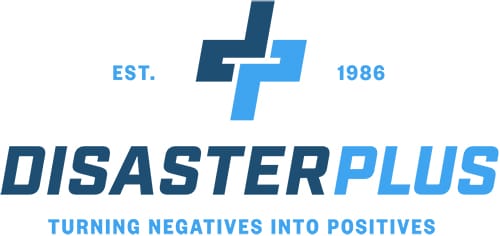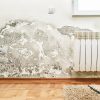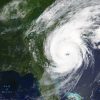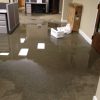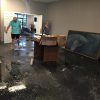Fire safety is essential for everyone, involving steps and plans created to prevent and handle fires, ensuring the safety of people and property. It’s about being aware and prepared, combined with practicing proper safety measures. This proactive approach plays a significant role in either averting fires or minimizing their impact, safeguarding individuals and their belongings in the process. Being prepared is not just a suggestion, it’s a crucial responsibility for preventing and effectively responding to fires.
If you have a fire in Charleston, SC, or the surrounding area, call us right away and we will make sure we guide you through the entire process and answer any questions, bring restoration, and mitigate damage.
Some National Fire Statistics
As reported by the U.S. Fire Administration’s (USFA’s) National Fire Incident Reporting System from 2012 – 2021 there were 353,500 fires that resulted in 2,840 deaths and 11,400 injuries and $8,355,900,000 in losses. Because cooking and heating are the leading causes of fires in the home and of fire injuries, fire safety at home should be prioritized. The winter months are the peak time for fire-related deaths from electrical appliances, cooking equipment and heating units, both portable and installed.
Common Fire Hazards
The following are some common examples of fire hazards that can be present whether in residential, workplace, or public settings:
- Electrical hazards: faulty wiring, overloaded circuits, damaged electrical cords, and malfunctioning electrical equipment
- Cooking-related hazards: grease buildup, unattended cooking, and misuse of cooking appliances
- Heating sources: improper use of heating devices such as portable heaters, electric blankets, fireplaces, and wood-burning stoves
- Flammable liquids and chemicals improperly stored: gasoline, paint thinners, and solvents
- Smoking: careless disposal of cigarette butts and smoking materials
- Open flames: unattended candles, incense, and open flames
- Flammable materials improperly stored: paper, cardboard, textiles, and flammable gasses
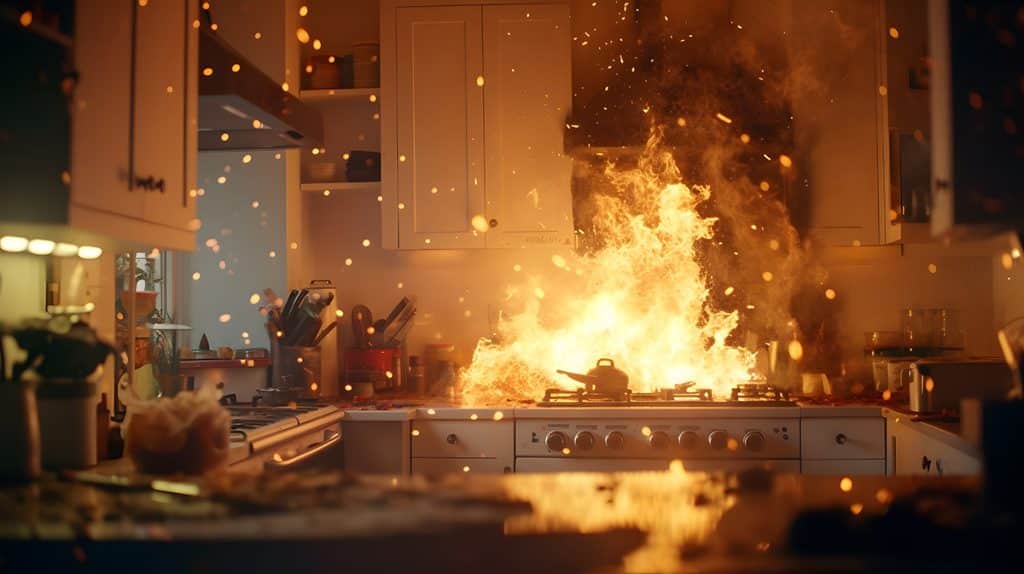
Fire Safety Measures for Homeowners
Here are some important fire safety measures homeowners should take:
Develop a thorough fire safety and emergency response plan.
- Communicate the safety plan to each family member and practice it regularly. During a fire, it’s crucial to act quickly and stick to pre-planned procedures.
- Create a detailed escape plan for each area of the house and an alternate route in case the designated route is blocked. Practice with each family member the evacuation procedure.
- Assign assembly points where occupants of the home can gather safely after evacuating the home.
- Assign specific responsibilities to designated persons and alternate plans if the necessity arises (e.g. one of the responsible individuals is not home).
- Develop a plan to escort infants, toddlers, the elderly or infirm family members and pets to safety.
- Prepare a “Go Bag” for each infant, toddler, or elderly person that should include diapers, formula, extra clothing, blankets, a 2-3-day supply of necessary medications and dosages with doctor’s names and phone numbers of family members. Keep the bags readily accessible in case of emergency. Review the bag contents periodically to be sure items are up-to-date.
- Keep a belt or sash available to tie to young children or pets so they don’t get ‘lost’ in smoke or confusion while being led to safety.
- Teach older toddlers how to follow evacuation instructions, such as walking calmly and holding an adult’s hand.
Install Smoke Alarms:

- Place smoke alarms on every level of your home, including the basement and inside each bedroom.
- Test smoke alarms monthly and replace batteries at least once a year.
Install Carbon Monoxide Detectors:
- Install carbon monoxide detectors on each level of your home and near sleeping areas.
- Test them regularly and replace batteries as needed.
Maintain Electrical Systems:
Prioritizing electrical safety in your home can ensure that your electrical system remains reliable and secure. If you are unsure about any electrical aspect of your home, it’s always best to consult a professional electrician.
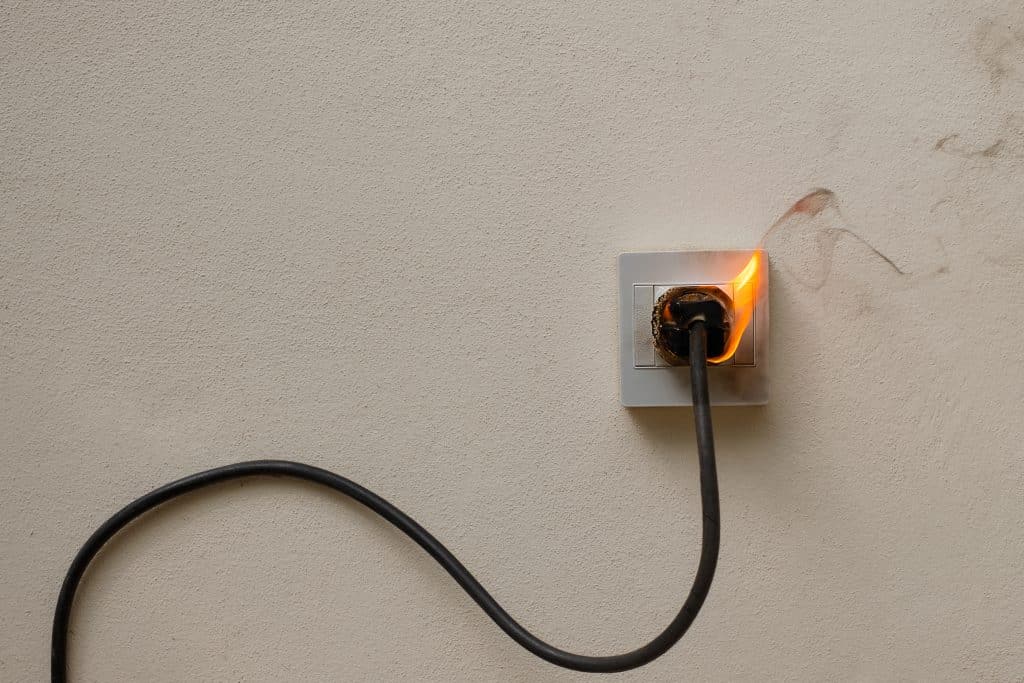
- Ensure your electrical system is up to code and have a professional inspect it regularly.
- Conduct regular visual inspections of your electrical system for signs of wear, damage, or loose connections. Look for frayed wires, exposed wiring, and damaged outlets or switches. Replace damaged or cracked outlets and switches promptly.
- Install childproof covers on outlets to prevent children from inserting objects.
- Use extension cords and power strips only as temporary solutions, not as permanent wiring. Don’t overload them with too many devices. Check the capacity rating (in amps) of power strips and extension cords.
- Don’t run extension cords under rugs or furniture, as they can overheat and cause fires.
- Install Ground Fault Circuit Interrupter (GFCI) outlets in areas where water is present, such as kitchens, bathrooms, and outdoor outlets.
- Install AFCIs (Arc Fault Circuit Interrupters in bedrooms and living areas to detect and prevent electrical arcs that can cause fires.
- Regularly inspect the cords and plugs of your appliances. If you notice any damage, replace them.
- Unplug small appliances when not in use.
- Avoid overloading outlets, use surge protectors, and replace damaged cords promptly.
- Use the correct wattage bulbs for light fixtures to avoid overheating.
- Ensure that light fixtures are well-ventilated.
- Install weatherproof covers on outdoor outlets.
- Keep outdoor electrical cords elevated to prevent water damage.
- Know the location of your circuit breaker or fuse box and how to turn off power in case of an emergency.
- Don’t block access to electrical panels and keep them clear of debris and clutter.
- Keep electrical devices and cords away from water sources.
- Don’t touch electrical switches or outlets with wet hands.
- Install lightning rods and surge protectors to safeguard your home’s electrical system during storms.
- Avoid DIY electrical work unless you are a trained electrician. Improper wiring can lead to dangerous situations.
- If you experience frequent electrical issues or problems such as frequent electrical ‘trips’ or you notice discoloration around wall outlets, or smell burning wires, hire a licensed electrician to diagnose and fix the problem immediately.
Install Fire Extinguishers:
- Keep fire extinguishers in key areas of your home, such as the kitchen, garage, and near fireplaces. Class K fire extinguishers are designed for kitchen fires involving oils and fats.
- Teach each member of your household how to use them.
- Have them inspected regularly.
- Keep a fire blanket handy to extinguish a small fire or any fire at its initial stage.
Kitchen Safety:
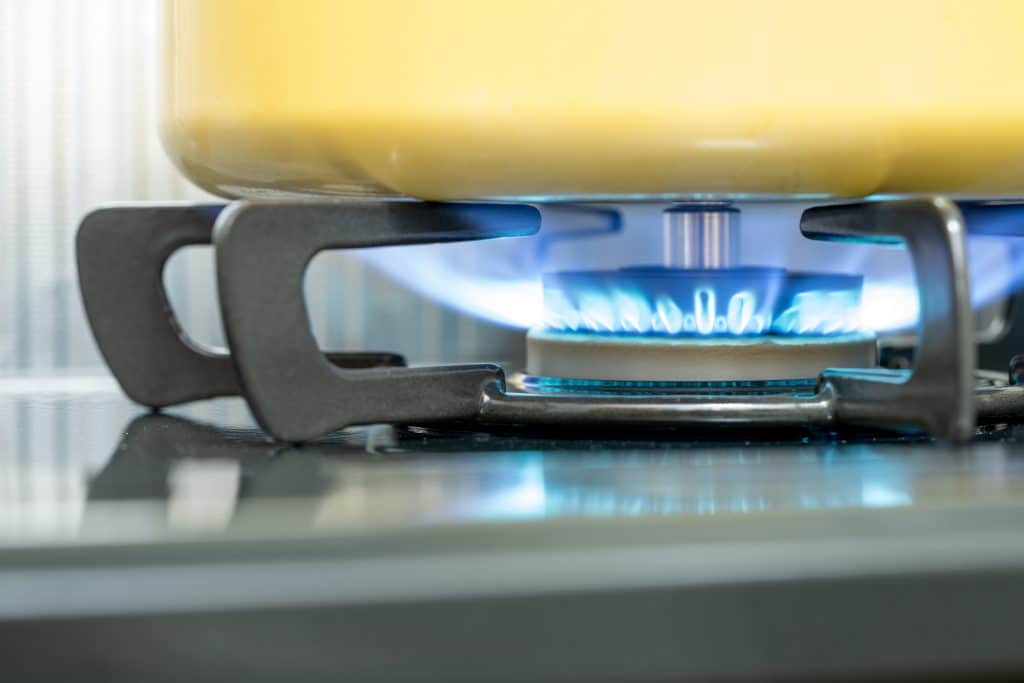
- Never leave cooking unattended, especially when using the stove or oven.
- Keep dish towels, paper towels, potholders, and other flammable materials away from the stove, oven, and other heating elements.
- Keep the cooking area clear of clutter and unnecessary items to prevent accidental fires.
- Be cautious when cooking with oil. Never overheat cooking oil, and never put water in hot oil, as it can cause a violent reaction.
- Use a deep fryer with a thermostat control to maintain the proper oil temperature.
- Use appliances that are in good working condition. Check for frayed cords or damaged plugs and replace them as needed.
- Ensure that your appliances are certified by a recognized testing laboratory (e.g., UL, ETL)
- When cooking on the stove, turn pot and pan handles inward to prevent accidental spills or knocking them over.
- Avoid wearing loose-fitting clothing with long, flowing sleeves that could come into contact with flames or heating elements.
- Use timers to remind you when food is done cooking or baking to prevent overcooking and potential fires.
- Keep children and pets at a safe distance from the stove and hot appliances while cooking.
- Install and use a range hood with a fan to help remove smoke and odors from cooking.
- Maintain and clean your appliances regularly to prevent grease buildup, which can be a fire hazard.
- Keep a lid or a large metal cookie sheet nearby when cooking with oil. If a grease fire starts, carefully slide the lid or cookie sheet over the pan to smother the flames. NEVER put water on a grease fire.
- Use only a Class K Fire Extinguisher to extinguish grease fires or use a fire blanket to extinguish a small fire or a fire in its initial stages. if a fire gets out of control, evacuate the premises, call 911, and do not attempt to fight a large fire on your own.
Microwave Safety
- Use microwave-safe containers and utensils.
- Don’t use aluminum foil or metal objects in the microwave.
- Unplug small appliances like toasters, coffee makers, and blenders when not in use to prevent electrical fires.
Gas Stove Safety
- Ensure that the burners light promptly and that there are no gas leaks.
- If you smell gas, turn off the gas supply, ventilate the area, and call a professional.
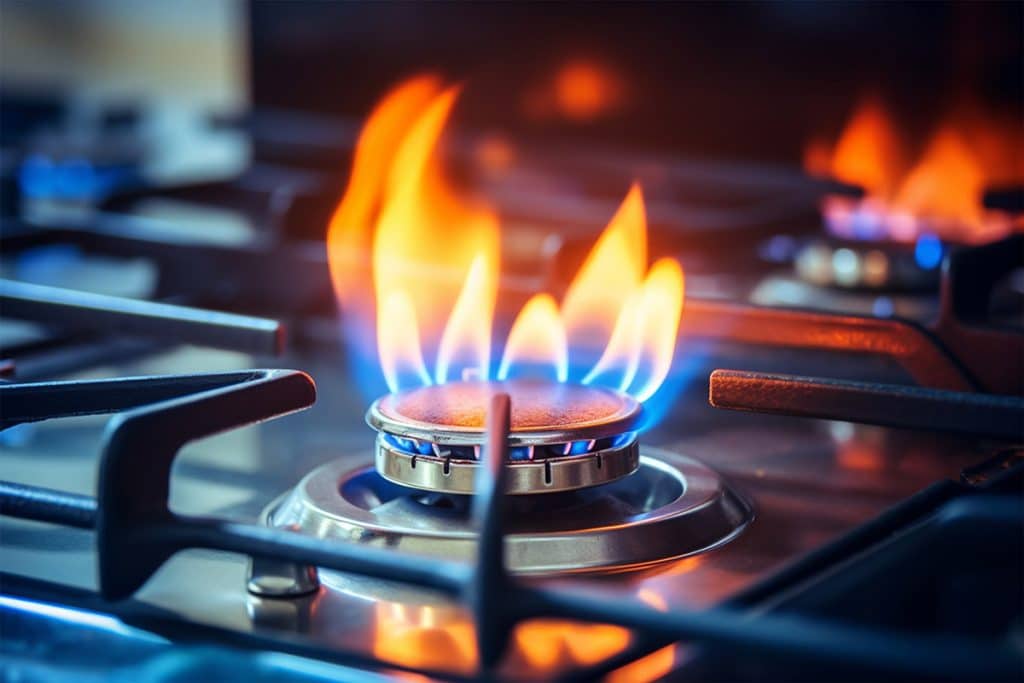
Laundry Room Safety
- One of the most common fire hazards in a laundry room is lint buildup in the dryer vent and lint trap. Lint is highly flammable and can ignite if it accumulates and comes into contact with high heat. Be sure to clean lint traps regularly as well as maintaining the dryer vent, checking for lint buildup.
- Household chemicals, such as detergents, stain removers, and bleach, if not stored properly, can react with each other or become unstable, increasing the risk of fires or toxic fumes. Store household chemicals in a cool, dry place away from heat sources and open flames.
- If you notice any unusual smells, sounds, or issues with any of your appliances, discontinue use and have them inspected or repaired by a professional.
- Keep flammable materials like cleaning supplies, paper towels, and rags away from heat sources and appliances. If they come into contact with a hot surface, they can ignite. Keep the laundry room clean and free of clutter.
- Have a fire extinguisher rated for Class A, B, and C fires (suitable for ordinary combustibles, flammable liquids, and electrical fires) in the laundry room.
- Follow the manufacturer’s guidelines for the safe use and maintenance of your appliances.
Heating Safety:
- Maintain heating systems, including furnaces, fireplaces, and space heaters.
- Keep space heaters at least three feet away from flammable materials.
- Never use extension cords with space heaters.
Candles and Open Flames:
- Use candles in safe containers, away from curtains and other flammable items.
- Never leave candles unattended.
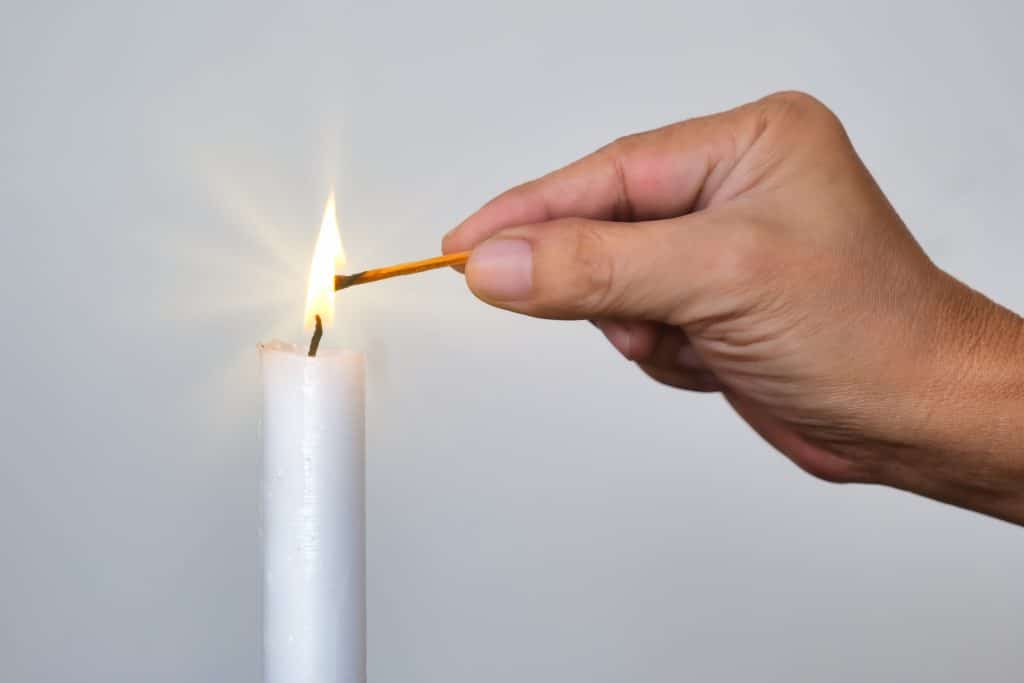
Smoking Safety:
- If you smoke, do so outside and use a proper receptacle for cigarette butts.
- Don’t smoke in bed or when drowsy.
Home Fire Sprinklers:
- Consider installing a residential fire sprinkler system, which can suppress fires quickly.
Clear Escape Routes:
- Keep hallways and stairway exits clear of clutter and obstacles.
- Ensure that windows can be opened easily in case of emergency.
Fire-Resistant Building Materials:
- Use fire-resistant roofing, siding, and insulation materials when building or renovating your home.
- Consider installing fire-resistant doors and windows, especially for bedrooms.
Store Flammable Materials Safely:
- Keep flammable liquids, such as gasoline and paint, in well-ventilated areas away from heat sources.
Maintain Your Chimney
Here are some common risks associated with fireplaces:
- Over time, the burning of wood in a fireplace can produce creosote, a highly flammable substance that can accumulate inside the chimney. If not regularly cleaned, creosote buildup can lead to chimney fires. Burn only seasoned hardwood in your fireplace to minimize creosote buildup
- Creosote buildup, sparks, or embers escaping the firebox can ignite nearby flammable materials, such as rugs, furniture, or curtains. Use a fireplace screen or glass doors to contain sparks and embers. Keep flammable materials away from the fireplace and maintain a safe clearance around it.
- Incomplete combustion in a fireplace can produce carbon monoxide (CO), a colorless, odorless gas that is toxic when inhaled. Poor ventilation or a blocked chimney can cause CO to enter the home, posing a serious health risk. Install carbon monoxide detectors and smoke alarms in your home.
- Wood-burning fireplaces emit smoke and particulate matter that can irritate respiratory conditions and contribute to indoor air pollution.
- Fireplace inserts or stoves can overheat if not used properly, leading to the risk of fires or structural damage to the fireplace and chimney.
- Over time, the extreme heat generated by fires can damage the masonry, chimney liner, and other structural elements of the fireplace, increasing the risk of fires or structural failure.
- A fireplace that is not installed correctly or lacks proper insulation can pose safety risks. Improper installation may lead to leaks, drafts, and other issues.
- Fireplaces can be hazardous for children and pets. Curious children may reach into the fire, and pets can get too close to the flames, potentially resulting in burns or injuries.
- Have your fireplace and chimney inspected and cleaned regularly by a professional.
- Never leave a fire unattended, and ensure the fire is fully extinguished before leaving the room or going to bed.
- Use appropriate safety equipment, such as heat-resistant gloves and tools, when handling the fireplace.
- Educate children and pets about the dangers of the fireplace and supervise them around it.
- Follow the manufacturer’s instructions for operating any fireplace inserts, stoves, or heating appliances.
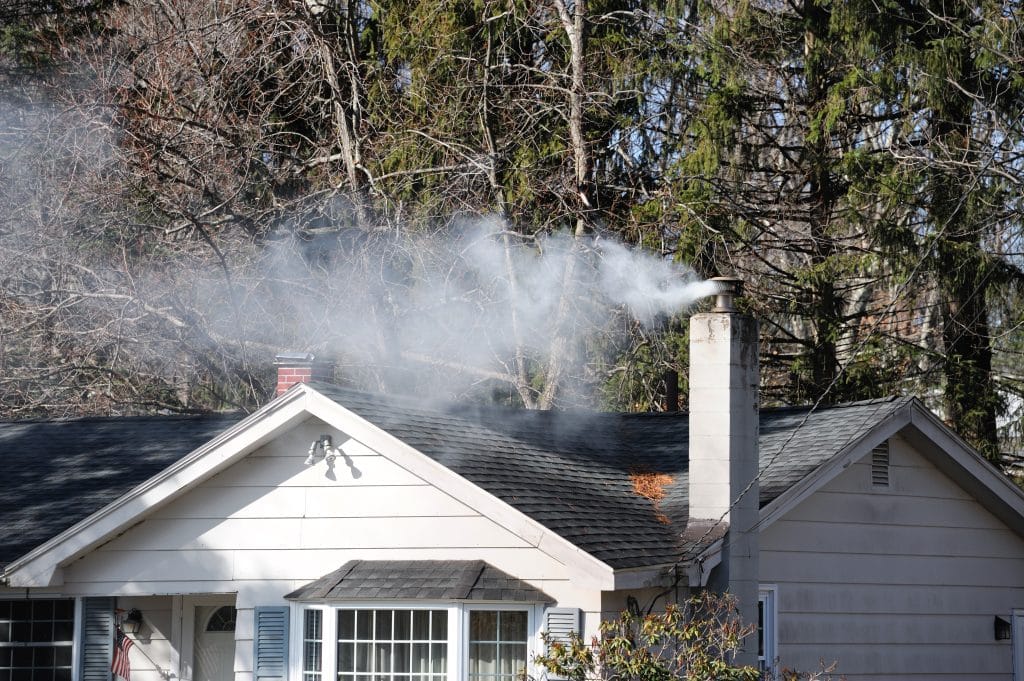
Secure Important Documents:
Keep important documents in a fireproof safe or store copies off-site.
Ensure you have adequate homeowner’s insurance coverage that includes fire protection.
Post emergency phone numbers, including the local fire department and a neighbor’s contact, in your phone or near a landline phone.
Teach children about fire safety, including not playing with matches or lighters.
General Fire Safety Rules During a Fire
To guide you, here are some fire safety rules to follow during a fire emergency:
- Alert others by shouting “Fire!”, or activate the fire alarm if there is one, to notify everyone in the vicinity. The sooner everyone is aware of the danger, the faster they can take appropriate actions.
- Evacuate safely according the prearranged plan. Feel doors for heat before opening them, and if a door feels hot, do not open it as it may indicate fire on the other side. Then take the alternate evacuation route that is prearranged.
- Crawl low if necessary, staying close to the ground is where the air is less toxic, and crawling on your hands and knees can help avoid inhaling smoke and toxic gases.
- Close doors behind you to slow down the spread of fire and smoke. It will also help protect escape routes, buying time for others to evacuate safely.
- Use stairs, not elevators if applicable in your home or apartment as elevators may malfunction during a fire.
- Try to remain calm and focused. Encourage others to stay calm as well.
- Follow the prearranged emergency protocols.
- If you encounter anyone unable to evacuate on their own, assist them if it’s safe to do so. If you cannot help them, alert firefighters or emergency responders about their location as soon as possible.
- Do not re-enter the building for any reason, once you have safely evacuated. Fire conditions can change rapidly, so it’s best to wait for professional guidance.
- Call emergency services (911 in the US) as soon as you’re in a safe location. Provide them with accurate information about the fire, your location, and any individuals who may still be inside.
Things Not To Do During a Fire Incident:
- Do not panic since you may have a hard time thinking clearly and making rational decisions.
- Do not underestimate the fire’s potential to escalate rapidly.
- Do not waste time trying to gather personal belongings or valuables.
- Do not block emergency exits or routes.
- Do not ignore smoke or fire alarms or other warnings.
- Do not try to fight the fire if not trained.
- Do not breathe in smoke; cover your mouth and nose with a cloth while exiting.
- Do not re-enter the building once you’ve safely exited.
- Do not hide in a closet or remain in a locked room.
Taking these fire safety measures can significantly reduce the risk of fires and help protect your home and loved ones in case of an emergency. Regular maintenance and education are key components of fire safety. In addition to protecting lives, consider that fire prevention measures can minimize the risk of the loss of valuable assets and investments as well as the burdens associated with filing insurance claims, and the inconvenience that some fire-related damages may require, such as that you and your family be dislocated temporarily for home repairs. Also, many jurisdictions have specific codes and regulations that must be followed. Adhering to these ensures legal compliance and helps avoid penalties or legal consequences as well.
Preventing fires can also do the following in a broader community sense:
- Safeguard the environment, since fires can release toxic gases, pollutants, and the destruction of natural habitats.
- Ensure business continuity, since by safeguarding the workplace against fires, businesses can protect their employees, maintain productivity, and avoid costly downtime.
- By prioritizing fire safety, communities can create a safer environment for everyone, reducing the overall risk of fire-related accidents and emergencies.
Outdoor Fire Safety
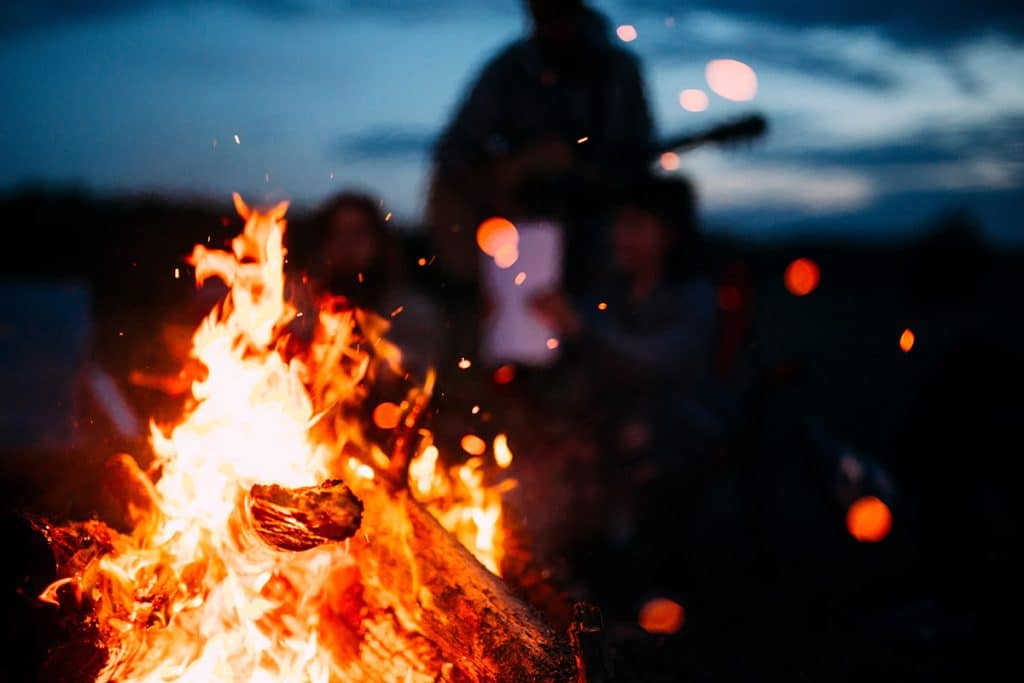
Outdoor fire risks can vary depending on the environment, weather conditions, and human activities. It’s essential to be aware of these potential risks to prevent wildfires and protect property and natural areas. Here are some common outdoor fire risks:
- During prolonged periods of drought or dry weather there can be highly flammable conditions, increasing the risk of wildfires. Maintain firebreaks or cleared areas around properties during drought conditions or in wildfire-prone areas to prevent fires from spreading more easily.
- Improperly managed campfires, such as leaving them unattended or failing to fully extinguish them, can lead to wildfires. Always follow local regulations and safety guidelines when building campfires.
- Discarded cigarette butts can ignite dry vegetation and start fires, especially in areas prone to drought. Properly dispose of cigarette butts in designated containers.
- Fireworks are a common cause of outdoor fires, particularly during holidays. Fireworks can ignite nearby trees, grass, or structures if not used safely. Fireworks used in dry or windy conditions can result in sparks and embers traveling long distances, potentially starting fires.
- Barbecues and grills that are not used properly or are placed too close to flammable materials can start fires. Keep grills away from buildings, trees, and dry vegetation. Follow safety guidelines for campfires, barbecues, and grills.
- Sparks from power equipment like chainsaws, lawnmowers, and trimmers can ignite dry grass or leaves. Ensure equipment is in good working order and avoid using it on windy days.
- Malfunctioning or damaged electrical equipment outdoors, such as extension cords, can cause electrical fires. Ensure that cords and equipment are in good condition and used properly.
- Off-road vehicles, ATVs, and vehicles with catalytic converters can produce sparks that ignite dry grass or vegetation.
- Stoves, lanterns, and camping equipment can pose fire risks if not used safely. Follow manufacturer instructions and keep them away from flammable materials.
- Lightning strikes during storms can ignite wildfires, especially in areas with dry vegetation.
- Leaving a fire unattended, whether it’s a bonfire, a fire pit, or a cooking fire, increases the risk of sparks spreading and starting a wildfire. Before setting up a fire pit or engaging in outdoor burning, check your local regulations and obtain any necessary permits. Open burning of yard waste or debris can quickly get out of control, especially in dry conditions.
- Place the fire pit or burning area on a non-combustible surface, such as gravel or concrete, and away from flammable materials like dry grass, leaves, and overhanging branches. Ensure there is adequate clearance from structures, including homes, sheds, and fences, as well as from other combustibles.
- If using a fire pit or container, choose one that is designed for outdoor use and follow the manufacturer’s instructions.
- Ensure the fire pit is stable and not at risk of tipping over.
- Only burn dry, seasoned firewood or manufactured fire logs in the fire pit. Do not use materials like pressure-treated wood, paper, or cardboard, as they can release toxic fumes when burned.
- Avoid using accelerants like gasoline to start the fire, as this can lead to dangerous flare-ups.
- Never leave the fire unattended, especially if there are children or pets present.
- Designate a responsible adult to monitor the fire at all times.
- Ensure that people and pets maintain a safe distance from the fire pit to prevent accidents and burns.
- Completely extinguish the fire by pouring water over the embers and stirring them until they are cool to the touch.
- Do not leave a smoldering fire unattended.
- Be aware of wind direction and speed when lighting a fire. Wind can carry embers and sparks, potentially igniting nearby vegetation or structures.
- Use fire screens or spark arrestors to prevent sparks and embers from escaping the fire pit.
- Avoid consuming alcohol or substances that impair judgment when tending to a fire. A clear mind is essential for fire safety.
- Educate children about the dangers of fire and establish clear boundaries around the fire pit.
- Avoid outdoor burning during windy or dry conditions, as fires can quickly get out of control.
- Dispose of ashes in a metal container with a lid and keep it away from flammable materials. Ashes can remain hot for an extended period.
- Keep firefighting tools, such as hoses and shovels, readily available when working outdoors.
- Maintain a defensible space around your home by clearing away dead vegetation and maintaining firebreaks.
- Use fire-resistant building materials when constructing or renovating structures in wildfire-prone areas.
- Educate yourself about wildfire risks in your area and have an outdoor evacuation plan in place.
What to Do After a Fire
After the fire has been extinguished and everyone is safe or has gotten needed medical attention, you will need to arrange for temporary shelter for yourself and your family if your home is uninhabitable. This could include staying with friends or family, staying in a hotel, or seeking assistance from local disaster relief agencies. Be sure to inform friends and family members of your safety and your whereabouts, so they are aware of the situation. Some insurance policies cover temporary lodging while necessary repairs are being made.
Call your homeowner’s insurance company to inform them of the fire and get information on what is covered under your policy.
Do not reenter the building until it has been declared safe by the fire department or other authorities. After receiving approval from authorities, you may enter your home to assess the extent of the damage and retrieve essential items like identification, medication, important documents, and valuables. Take photos or videos of the damage to your property. This documentation may be useful for insurance claims and future reference.
Call Disaster Plus who can work with your insurance company to guide you through the process of the restoration of your property.
In the wake of a fire, swift action is crucial to mitigate further damage to your property. Disaster Plus understands this urgency, ensuring prompt and efficient work to bring restoration, get you back in your home as soon as we can, and save as many of your belongings as possible.
The extent of work needed will be established during a preliminary walkthrough, during which photos of the structure and contents will be taken. The Emergency Response Team from Disaster Plus will prioritize cleaning the bathrooms and kitchen, as delays can lead to permanent damage from heavy smoke and soot.
A call from the Project Manager will coordinate the pickup of all smoke and soot-affected garments and fabric items by a Restoration Dry Cleaner. This includes clothes, drapes, bed linens, and more. Additionally, a professional art conservator will evaluate any high-value artwork within the home.
The comprehensive fire and smoke damage emergency services offered by Disaster Plus encompass on-site emergency power, climate control, and removal of debris, water, soot, smoke, and residue. Also included are odor control, deodorization, and other specialized services like document recovery, electronic cleaning and restoration, HVAC cleaning and decontamination, content cleaning & restoration, and garment and textile restoration.
Restoration post-fire demands expertly trained professionals employing the latest remediation techniques and cutting-edge equipment. The certified technicians at Disaster Plus are equipped with advanced deodorization technology, ensuring your space is returned to its previous state.
Should you need to reconstruct any part of your home, Disaster Plus provides a recommended list of contractors. Once reconstruction is complete, scheduling the return of your household items and furnishings is just a call away. The team from Disaster Plus will assist in the careful repacking and unpacking, ensuring each of your belongings is returned to its rightful place.
